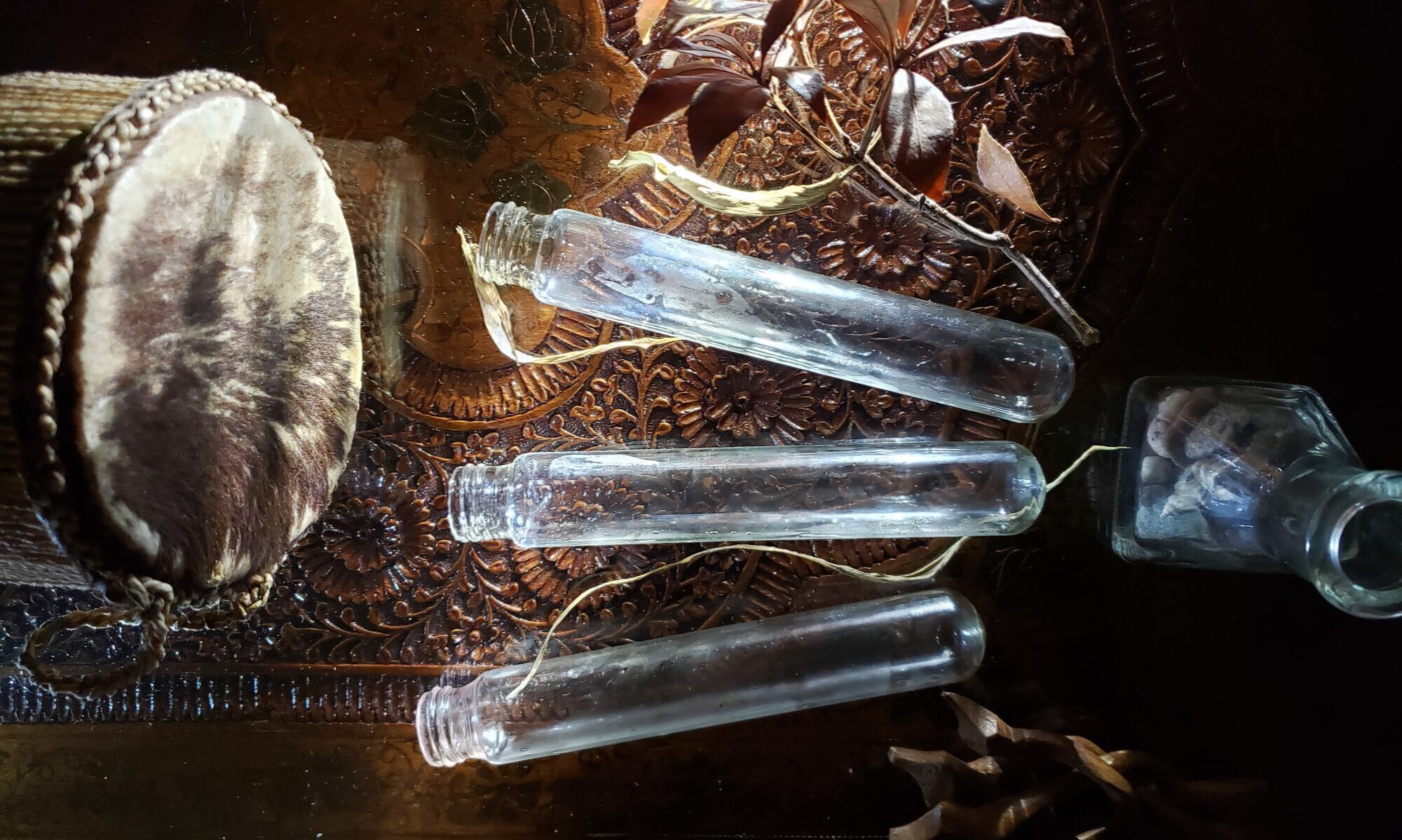Growing up in Rio de Janeiro, Brazil, despite Catholicism being the country’s official religion at the time, it was common to see different syncretic religious expressions on the street of Rio. Exposed to Umbanda by a nanny and later long time friend, Gelcira, I was often conflicted between fascination and fear of its iconographic entities, representations, symbols and offerings portraying life and death, beauty and decay.
In a research trip to Havana, Cuba in 2017, which despite being Communist embraced the religious syncretism of its people, I was able to visit an Yoruba syncretic religion house and interview the babalaos Minerva and Jorge Callejo Hernandez. Here is a link to part of the interview in raw in a mix of Spanish, English and Portuguese.
Later, in 2018, my friend and business partner, Andrea Nalerio relocated to Uruguay. A follower of Santeria, she had to leave behind many of her iconographic statues of saints, where each entity represents an aspect of life, which I offered to keep them for her.
After Havana and having the saints around the house, I knew I had to work with offerings which led to Andrea’s Room show at UCLA Art|Sci Gallery in 2019. In the show I built an environment with my own iconographic representation of 14 entities in Umbanda/Yoruba and their corresponding references to the physical and spiritual worlds.
Focused on the semiotic iconographies and relationships of life and death, beauty and decay, I had collected a bunch a “stuff” to represent my understanding and didn’t realize that the environment I created, was the antithesis of what Umbanda call for: a profound physical, emotional and spiritual relationship with sustainable ecologies and cosmologies.
It is pursuing this found understanding of how intrinsic sustainable ecologies and cosmologies are connected to our physical, emotional and spiritual perceptions that I started to collect digital offerings generated in Instagram under the hashtags #andrearoom #andrearoomofferings and I invite you to do the same.


